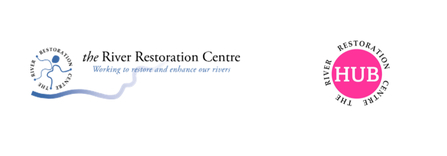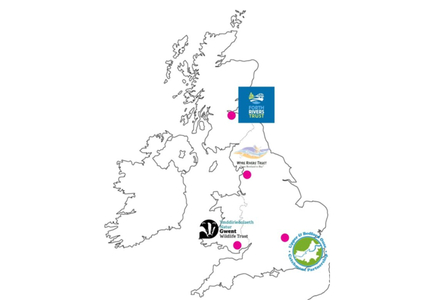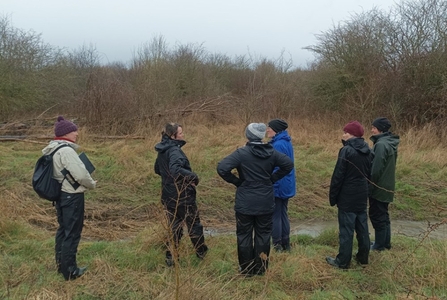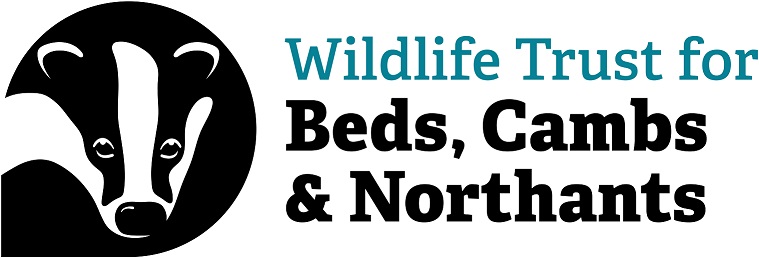
River Restoration Hub

Hubs are run by a not-for-profit, non-statutory organisation, which has been recognised by the RRC as a centre of river restoration knowledge. To date four hubs have been set-up including one run by the Upper and Bedford Ouse Catchment Partnership in Bedfordshire, of which the WTBCN is a core member.

The newly established hubs are currently finding their feet, but the intention is that they will:
- Provide support and river restoration advice to other not-for-profit organisations. Where further resources and expertise are required, River Restoration Hubs can pass the enquiry on to the RRC.
- Keep in touch with the RRC and help ensure the river restoration community has access to the best evidence base possible by uploading river restoration projects to the EU RiverWiki and National River Restoration Inventory (NRRI).
- Organise site visits such as tours of restoration projects, river features or citizen science demos, with support from the RRC if needed.
- Let the RRC know how the wider river and catchment management community have benefitted from the Hub.
There are also numerous benefits hosting a hub, including the provision of free funding and mentoring. Here at the WTBCN we have recently benefited from Chloe Apicella completing two free training courses provided by the RRC.
- The Hydromorphology for River Restoration (Level 2) course provided a deeper understanding of how hydromorphological factors—such as drivers, processes, forms, and pressures—interact and influence river restoration efforts. The course explored key hydromorphological concepts, including river types, sediment transport, and channel adjustment, and then focused on the application of these concepts to river restoration planning and execution.
- The Putting Ecology into River Restoration: An Introduction using Macroinvertebrates course introduced how ecological principles can be integrated into river restoration strategies, with a particular focus on freshwater macroinvertebrates. These organisms are a key component of river ecosystems and play a critical role in maintaining ecological balance. The course explored how restoration practices can recreate or enhance habitats that support diverse macroinvertebrate populations.
In addition to the training courses, two members of the RRC visited our Strawberry Hill site at the end of April to discuss options for improving the watercourses on the site. The visit was very wet, however this allowed the RRC to see how the site responds to heavy rainfall. The RRC were extremely helpful and offered a lot of thought-provoking advice.

Josh Hellon
